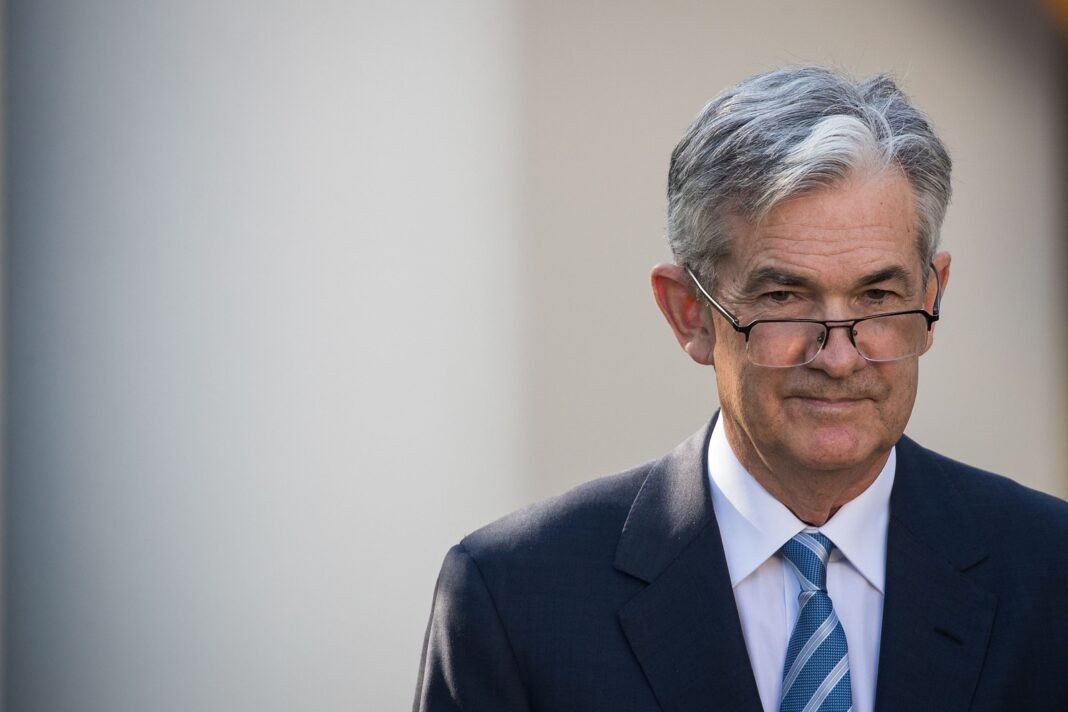Market Pulse
The Federal Reserve‘s recent decision to cut its benchmark interest rate by 25 basis points has sent ripples through traditional and digital asset markets. While easier monetary policy often acts as a tailwind for risk assets like cryptocurrencies, a deeper analysis reveals that this move may offer only a temporary reprieve, with significant, underlying macroeconomic challenges still looming large on the horizon for the crypto sector as of late 2025.
The Immediate Market Reaction and Its Nuances
Following the Fed’s 25 bps cut, markets initially cheered the prospect of cheaper capital and increased liquidity. Equity indices saw modest gains, and the crypto market, particularly Bitcoin, experienced a tentative uptick. This immediate reaction aligns with historical patterns where accommodative monetary policy tends to favor assets perceived as inflation hedges or growth plays. However, this initial enthusiasm must be tempered by the context of persistent inflationary pressures and a global economic landscape still grappling with the aftershocks of recent fiscal and monetary experiments.
Read Also: Binance Founder CZ Issues Stern Warning Against Statue-Linked Token: A Call for Investor Vigilance
- Short-term Boost: Reduced borrowing costs can encourage investment and consumer spending, theoretically benefiting risk assets.
- Liquidity Influx: Easier monetary policies generally increase the supply of capital seeking returns, some of which may flow into crypto.
- Inflationary Perception: Some investors might view Bitcoin as a hedge against potential future inflation exacerbated by rate cuts.
Bitcoin ETF Flows: A Test of Institutional Conviction
A critical barometer for Bitcoin’s institutional acceptance and price trajectory remains the performance of spot Bitcoin Exchange-Traded Funds (ETFs). While a 25 bps rate cut could, in theory, make alternative investments more attractive by lowering the opportunity cost of holding non-yielding assets, the actual impact on ETF flows is likely to be more complex. Institutional investors are not solely driven by interest rate differentials; their decisions are also heavily influenced by regulatory clarity, geopolitical stability, and the overall macroeconomic outlook. If the ‘hidden macro challenge’ proves significant, even lower rates might not be enough to spur substantial new inflows.
Unpacking the “Hidden Macro Challenge”
The real concern for crypto markets isn’t just the rate cut itself, but the underlying conditions that necessitated it, coupled with unresolved systemic risks. As we approach Q4 2025, the most pressing ‘hidden’ macro challenges include:
- Persistent Inflationary Pressures: Despite rate hikes in previous cycles, core inflation in key economies remains stubbornly above central bank targets, suggesting a more structural problem than previously acknowledged. This could force the Fed to reverse course or endure prolonged economic malaise.
- Escalating National Debt: Government debt levels across major economies have reached historic highs. Servicing this debt becomes increasingly difficult even with minor rate adjustments, raising questions about long-term fiscal stability and potential currency debasement.
- Geopolitical Fragmentation: The global economic order continues to fragment, leading to supply chain disruptions, trade barriers, and reduced international cooperation, all of which weigh on global growth prospects and increase market uncertainty.
- Fragile Banking Sector: While not overtly in crisis, the regional banking sector in some economies remains under pressure from unrealized losses on bond portfolios, a vulnerability that easier money might mask but not fundamentally resolve.
Broader Crypto Market Implications Beyond Bitcoin
While Bitcoin often acts as the market’s bellwether, the broader altcoin market, DeFi protocols, and emerging Web3 sectors are also subject to these macro currents. Even with slightly lower rates, a climate of economic uncertainty can deter speculative capital from flowing into riskier, less established digital assets. Moreover, regulatory scrutiny, which often intensifies during periods of economic instability, could further dampen sentiment and investment in the nascent crypto ecosystem.
Conclusion
The Federal Reserve’s 25-basis-point rate cut provides a fleeting moment of relief for financial markets, including crypto markets. However, investors must look beyond the immediate headlines. The persistent shadows of structural inflation, burgeoning national debt, and geopolitical instability represent formidable headwinds. While easier monetary policy might offer some short-term support, the crypto market’s long-term trajectory will ultimately be shaped by its ability to navigate these deeper, more complex macroeconomic challenges.
Pros (Bullish Points)
- Lower interest rates can theoretically increase liquidity and make risk assets like crypto more attractive.
- A rate cut could signal a Federal Reserve willing to support economic growth, potentially boosting investor confidence in the short term.
Cons (Bearish Points)
- The underlying macroeconomic challenges (persistent inflation, high national debt) could negate the positive effects of the rate cut.
- Institutional Bitcoin ETF flows may not see significant increases if broader economic uncertainty persists, despite lower rates.
Frequently Asked Questions
What is the primary concern for crypto markets despite the Fed's rate cut?
The primary concern is the persistence of underlying macroeconomic challenges such as structural inflation, escalating national debt, and geopolitical instability, which could overshadow the positive effects of lower interest rates.
How might the rate cut impact Bitcoin ETF flows?
While lower rates could theoretically make non-yielding assets like Bitcoin more attractive, institutional investors are also influenced by broader economic stability and regulatory clarity. Significant inflows may be tempered by lingering macro uncertainties.
What are the 'hidden macro challenges' mentioned in the article?
These include stubbornly high core inflation, record-high national debt levels across major economies, ongoing geopolitical fragmentation leading to supply chain issues, and potential fragility within the banking sector.





